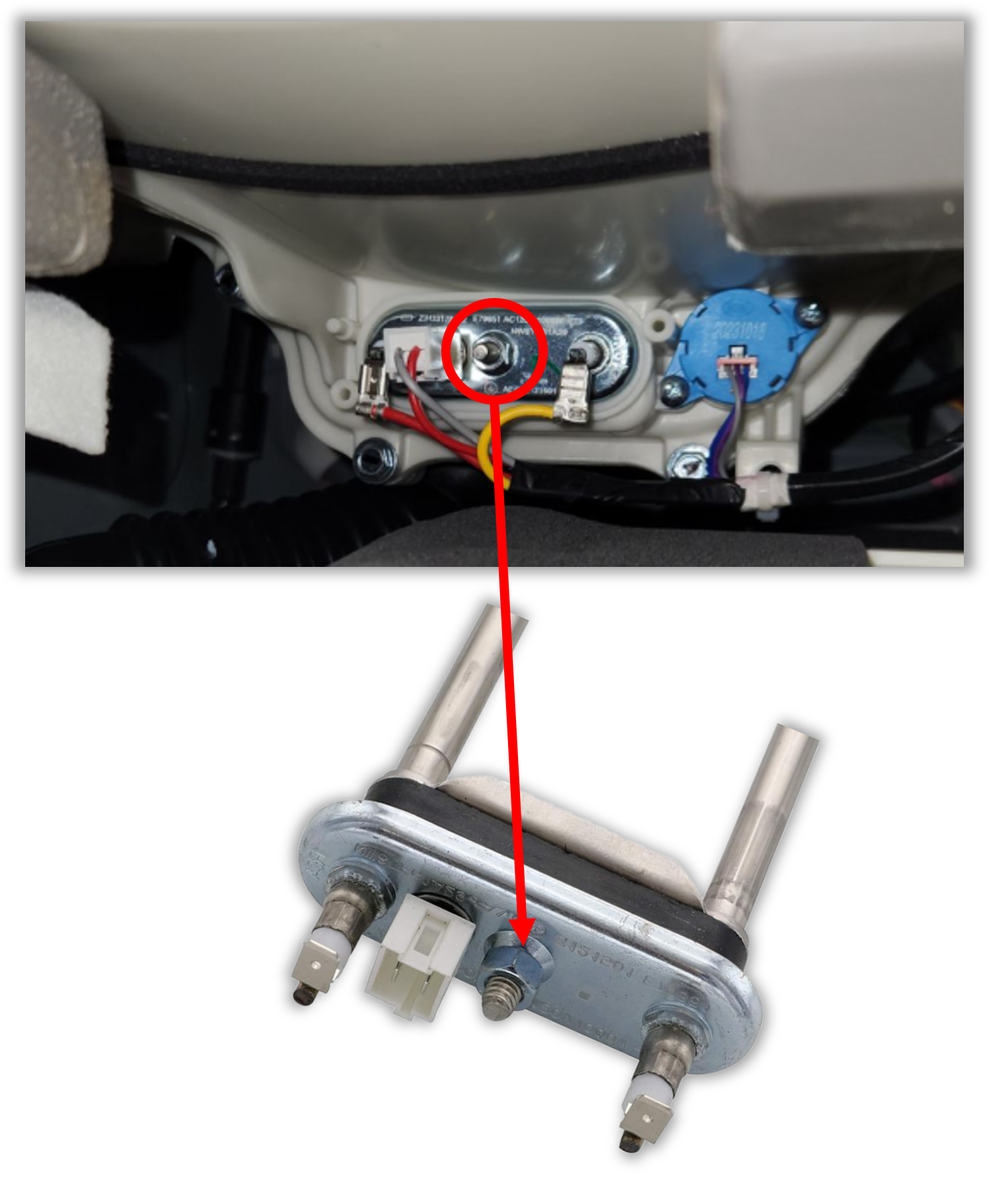Front Load Washer
Leaking
Click on the Steps below to jump directly to that section:
**NOTICE**
Wiring Colors, Connectors, and Pins will vary by model/product code. Always be sure to download and use the service manual for your specific model.
For Test Mode procedures use this link and input your specific model: https://lgtestmodes.com/
First see if you can determine the point of leakage. A drip, or a water trail. Here are some check points and solutions.
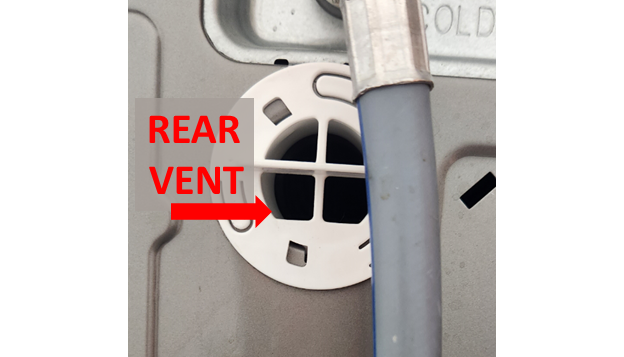
Is the unit over-sudsing? Too much detergent will cause the unit to leak. Check the amount of usage with the customer. If using individual detergent pods use only one per load, and place directly in the tub with garments. For liquid detergent pour into the correct dispenser tray. Use a maximum of two tablespoons of liquid HE detergent. You may see evidence of a leak at the vent grill in the rear of the unit.
Check the mushroom valve to make sure it isn’t sticking, also check the hole it slides into, make sure its free of debris or damage.

Check for over usage of detergent. Example of Two Tablespoons of liquid HE detergent.

Check for dispenser clog. The dispenser may need to be cleaned.
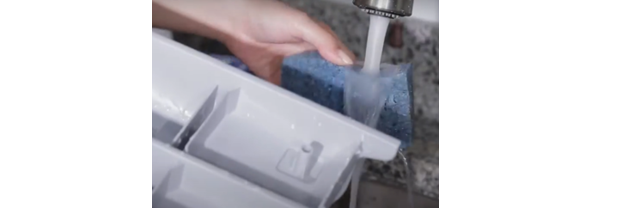
Check the door gasket for damage.

Inspect the door gasket for foreign debris such as pet hair etc.
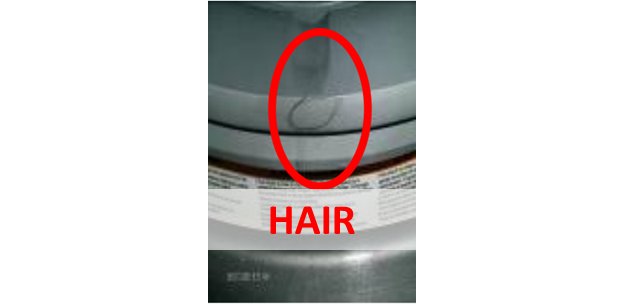
Check the pump filter for a clog and clean the filter.

Make sure the manual drain tube plug is installed.
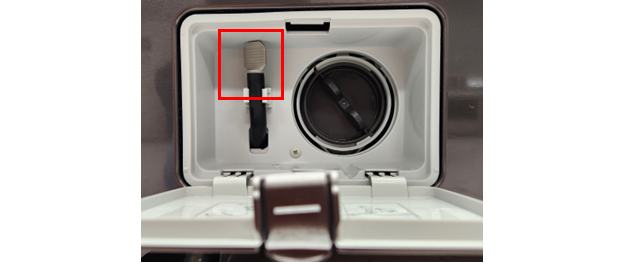
Check the valve assemblies and hose connections. Sometimes, if no evidence of leak is visible, it may be necessary to use something like a paper towels and lay them in the water valve assembly, run the unit and then check for wet areas.
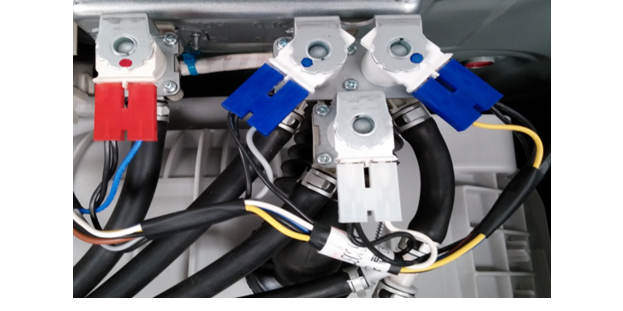
Another area to check is the drain hose and wash pump hose, and the standoff installation.
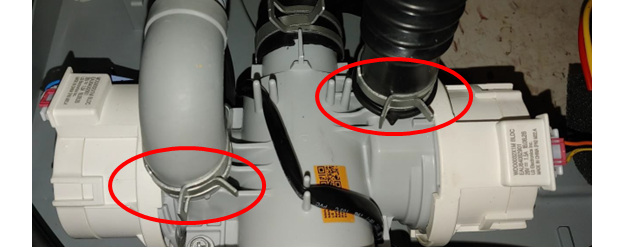
The drain hose should be inserted into the standoff pipe or a laundry sink. The standoff pipe should be between 96” (244 cm) and 24” (61 mm).
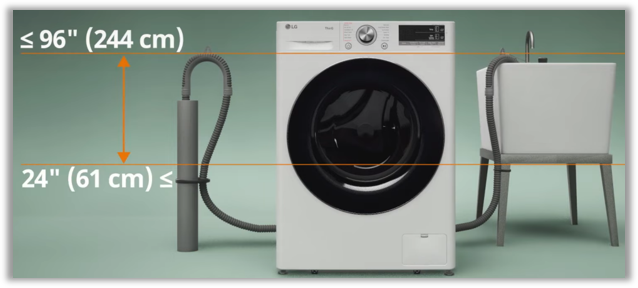
The drain hose entering the standoff, or sink, should have a bend at the end of the hose, (usually there will be an elbow bracket forming a bend), and no more than 4” into the standoff pipe. If the Standoff, or customers drain system, can not drain the water from the washer fast enough this may cause it to back up and leak from the standoff pipe.
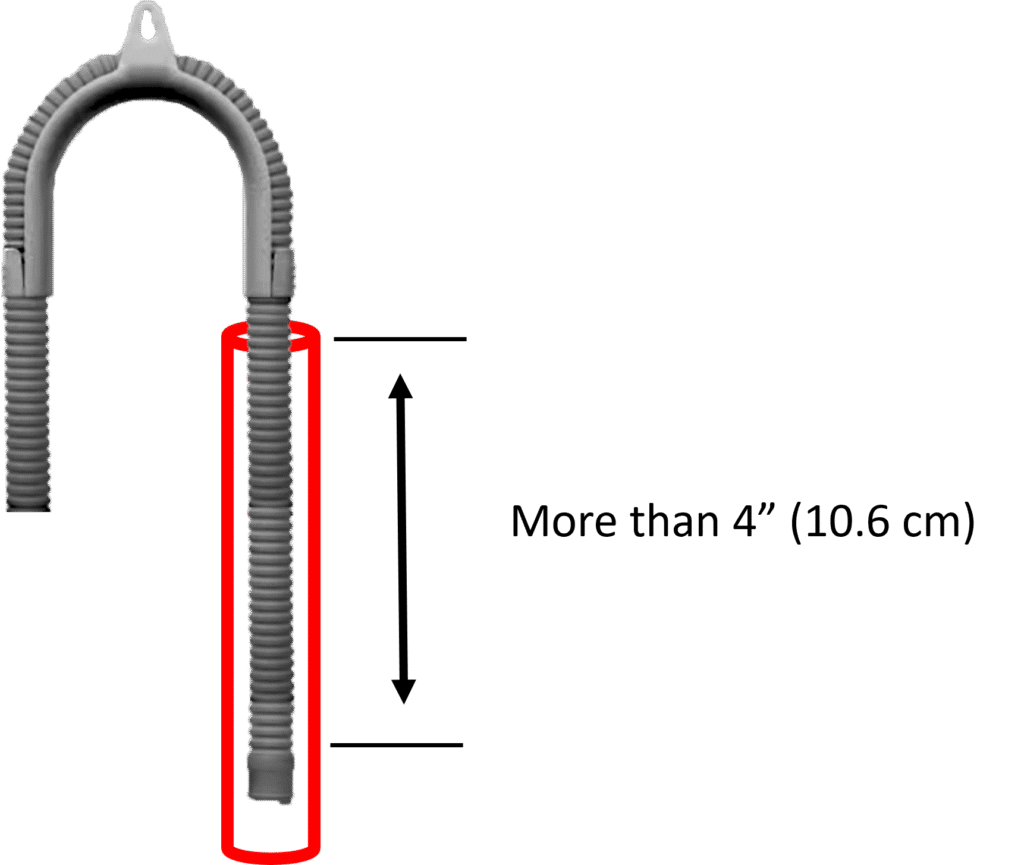
If the drain hose is too deep into the Stand off, more than 4”, it may siphon back and cause an IE error, or cause no, or slow drain issues.
Please check the install guide for your individual machine. These principles will apply to front loads, top loads, wash towers, and other select models.
Check the pressure switch hose area at the bottom of the tub.

Check the outer tub also. Older models have a split tub, front half and back half and an O-ring gasket in the middle. If you open the tub, you must replace O-ring gasket, or the tub will leak.
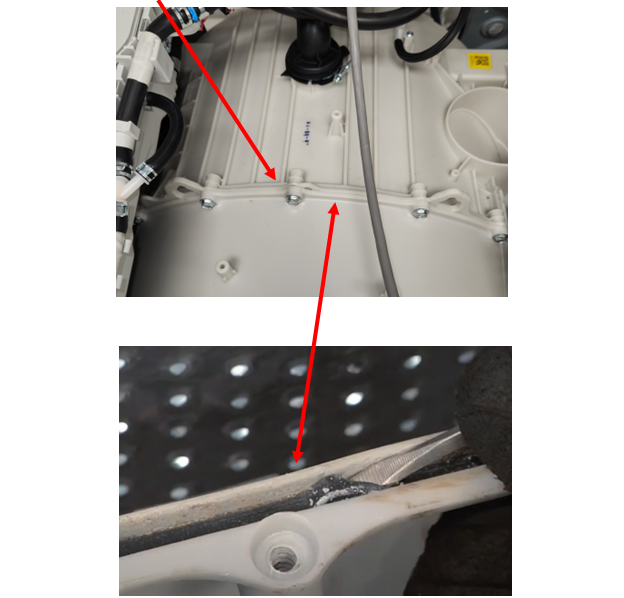
Some of the newer units have a complete assembly and the tub halves are glued, if these leak replace the tub assembly.
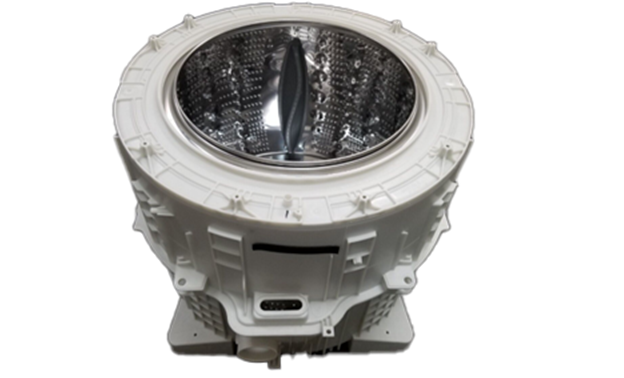
Check for leaking from the dispenser. Most leaks from the dispenser are going to come from a dirty dispenser housing.
Remove the dispenser assembly and clean with a
soft brush and warm water. Make sure the siphon tubes under the cups are clean.
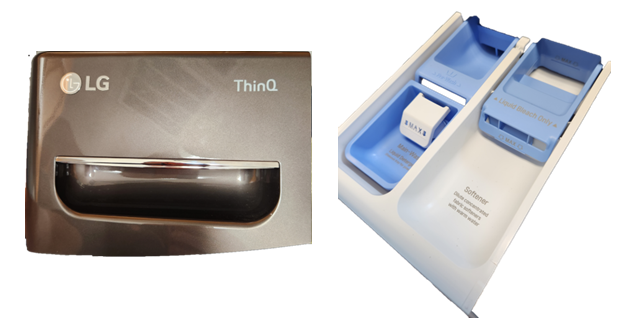
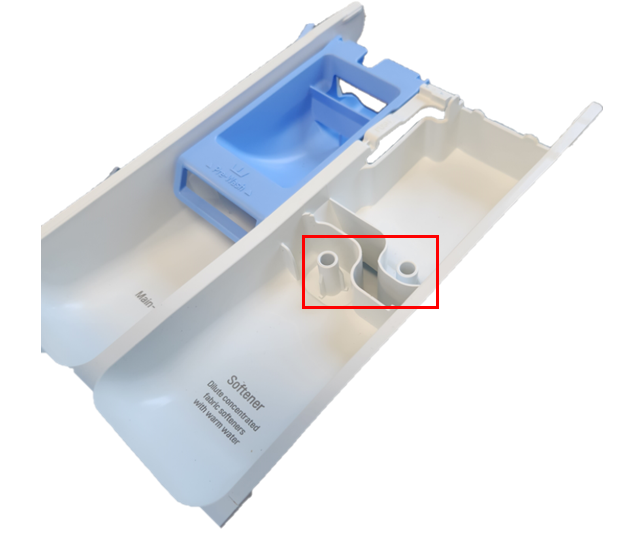
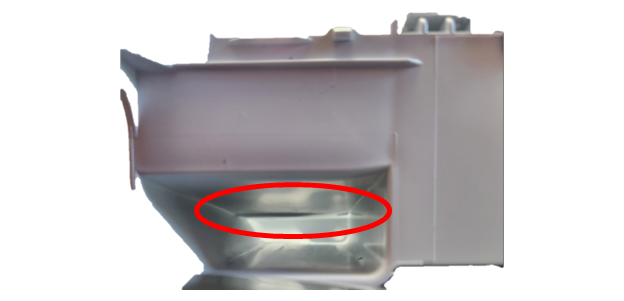
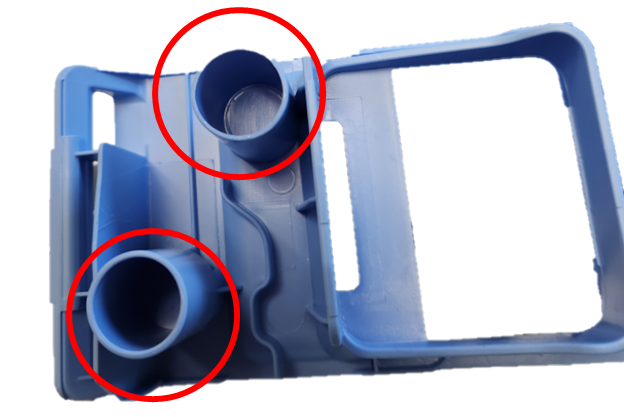
Check the hoses and hose clamps making sure they are secure. Place the unit in test mode and activate the valves one by one and inspect the hoses and fittings.
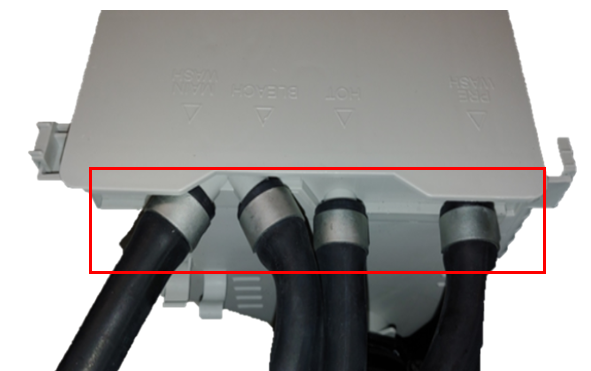
If the unit is equipped with a heater assembly, (cold water units will typically have a “C” designation after the model number, hot water models an “H”, as WM3400CW or WM3360HRCA). Check the heater assembly for leaks around its seal.
Heater assembly located on the bottom of the outer tub.
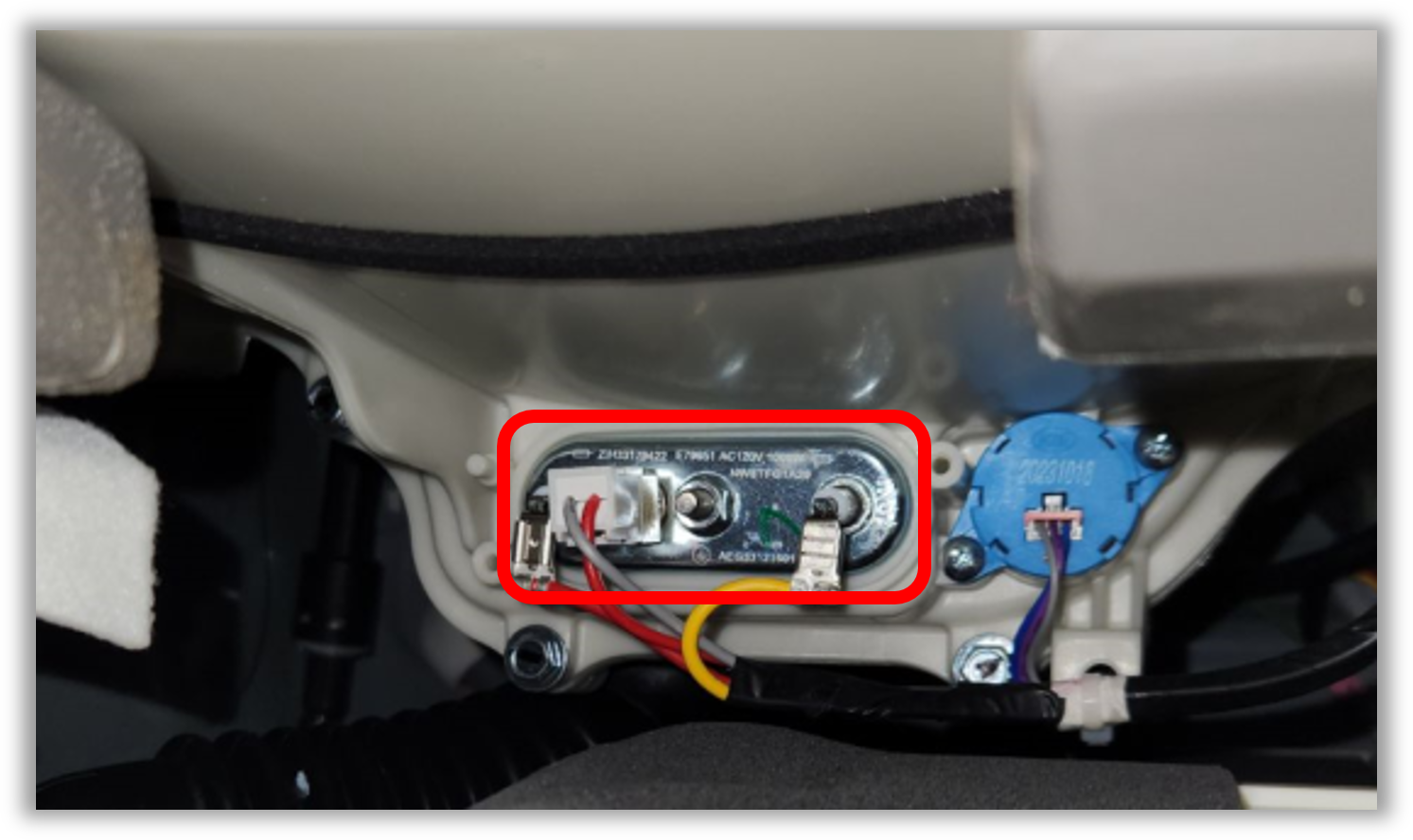
This nut on the heater assembly when tightened will expand its rubber seal and keep this area from leaking. If it is loose it could result in a leak at this point.
